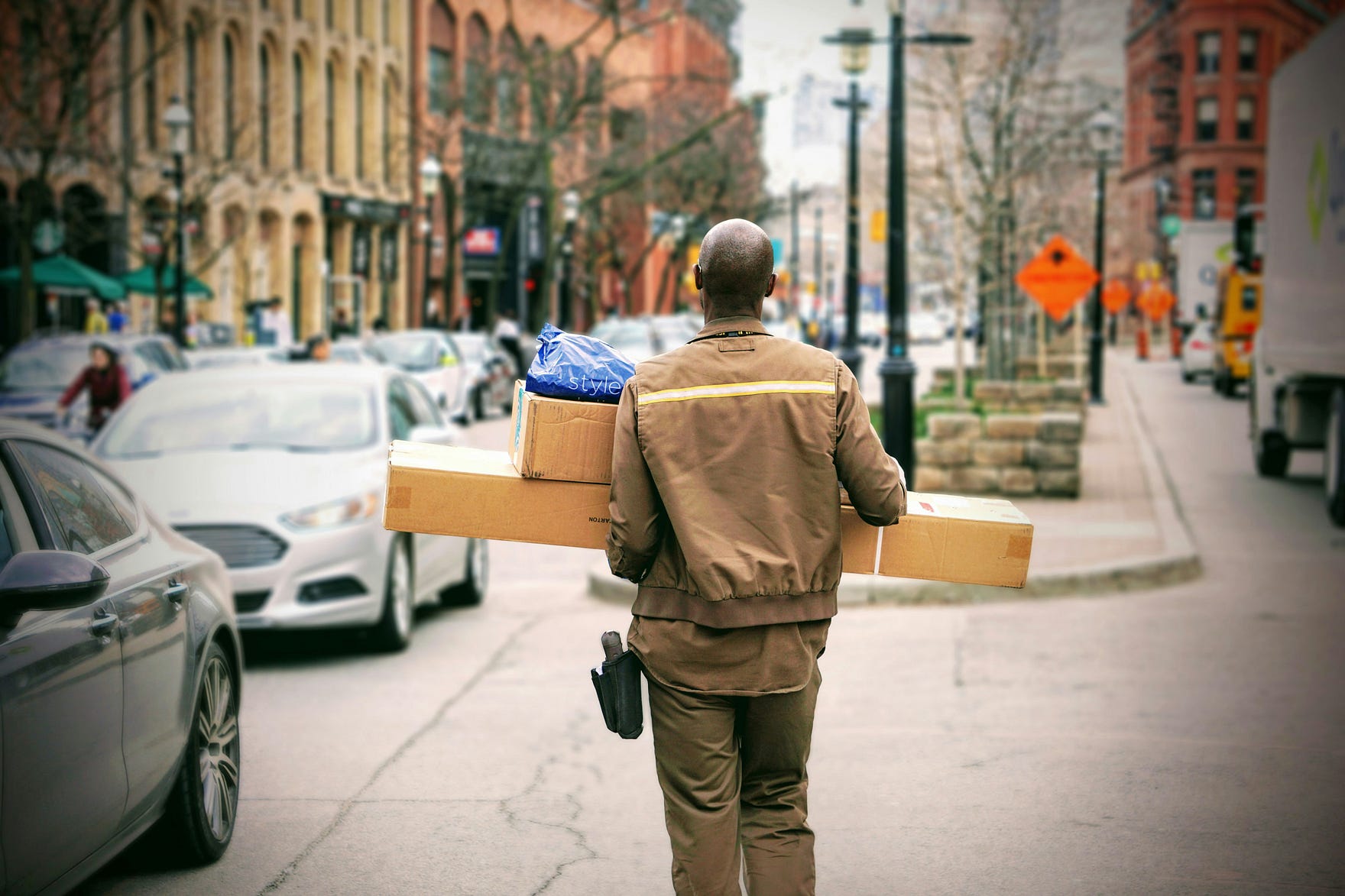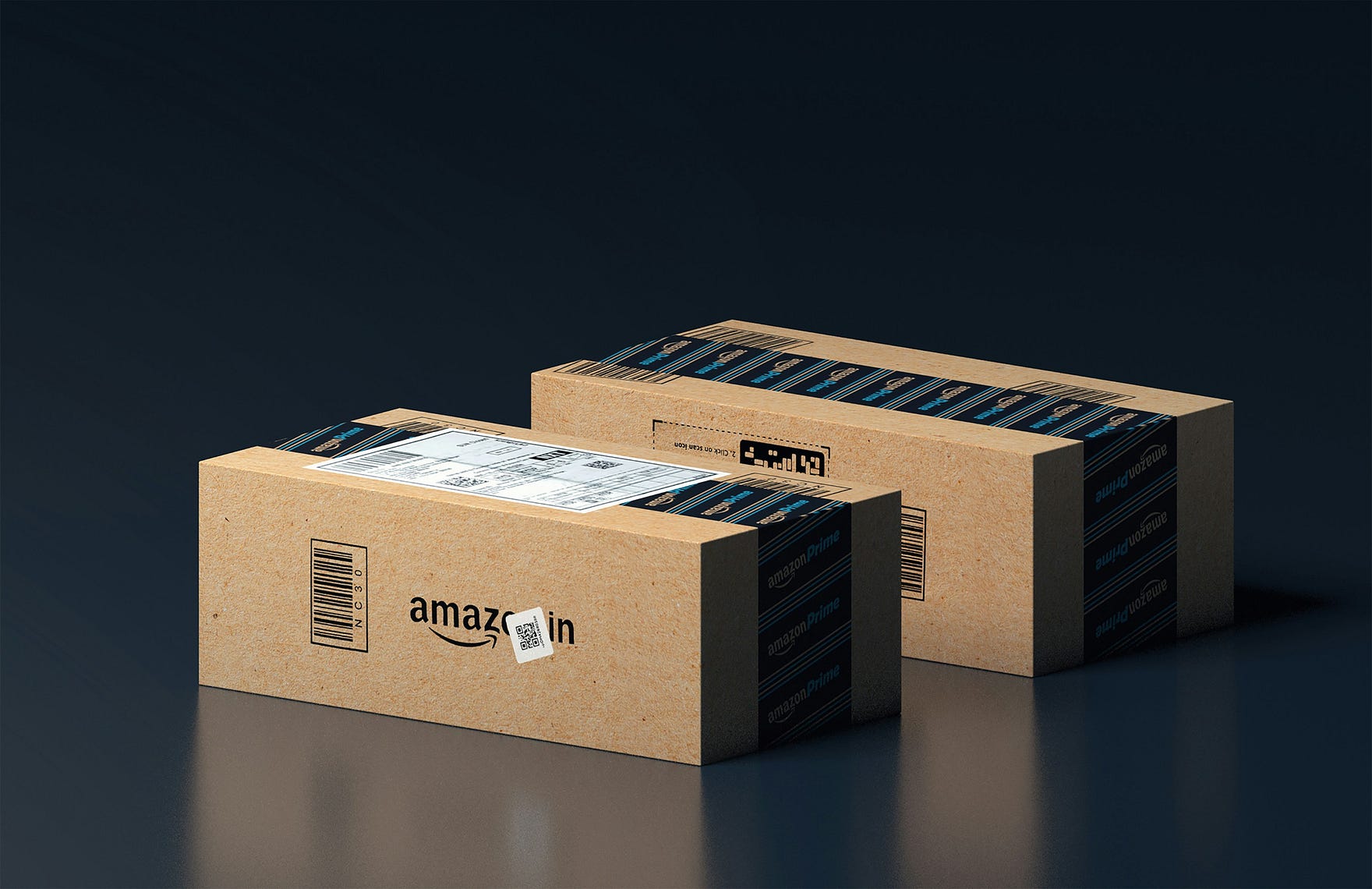Quick start guide to fulfillment for your Shopify store
Alright, you are here, so it’s fair to assume you’re close to setting up your Shopify store. You might have already decided on what to sell, but there’s another thing you must prepare for — fulfillment, i.e., packing, labeling, shipping, and delivering your customer orders.
To make your life as a store owner easy, Shopify supports several fulfillment methods. In this blog post, you will learn about those options and why and how some might be better, depending on your business maturity stage. See this as a quick start guide to fulfillment on Shopify. Here’s what we are going to talk about:
- Fulfillment options within Shopify
- Shopify’s fulfillment integrations
- Understanding the cost of fulfillment
By the end of the post, you’ll be in a very good position to assess which fulfillment methods suit your business. Let’s get right to it!
Fulfillment options within Shopify
Broadly speaking, there are three different ways you can fulfill your orders:
- Pack, ship, and deliver them yourself — this is called D2C (direct to customer) or in-house order fulfillment.
- Ask someone (a third party) to pick, pack, label, and deliver — this method is called 3PL fulfillment.
- Ask someone to manufacture products on-demand — this method is called dropshipping, which relies entirely on the manufacturer or supplier to fulfill orders on your behalf.
The first option usually makes sense when you are just starting and don’t have many orders. You can create, pack, and deliver the products by hand, all by yourself. You can keep doing that if your business isn’t doing well. Once you start getting orders, it will be super expensive to hire people to manage a warehouse (even if the warehouse is your garage), manage inventory, and deliver orders.

This is where the second option comes into the picture. With 3PL fulfillment, you can rely on established fulfillment vendors and the benefits they bring with their expertise and economies of scale. This method is great for stores selling products with stable and reliable demand. It starts getting tricky for stores to manage the risk of a sudden drop in orders.
You can transfer this risk to someone else, i.e., outsourcing the end-to-end manufacturing process to order delivery to another company. That company will be “dropshipping” your orders. This comes at a bit of a cost, but, in our opinion, if you do it right, the benefits far outweigh the drawbacks. Dropshipping might not be the right option for everyone, but it is an excellent option for store owners who cannot risk having a lot of inventory on their books.
Shopify’s fulfillment integrations
These are 3PL fulfillment options for which Shopify relies on its dedicated fulfillment network powered by Flexport and Amazon’s FBA (Fulfillment by Amazon) network. Both of these options are only available in the US. Using Flexport, you can ship your inventory to a single Flexport inventory management and fulfillment center.

This greatly simplifies the initial steps of the fulfillment process. Working with Amazon’s fulfillment network also provides similar benefits. In addition to this, one of the most important benefits of using these managed 3PL fulfillment integrations is that they also manage returns on their own. If a customer returns one or more items from their order. That item returns to the fulfillment center and can be used to fulfill a future order.
Understanding the cost of fulfillment
The three fulfillment options we’ve discussed bring their costs to the business. Irrespective of which option you choose, there are some costs you cannot avoid or significantly minimize, such as shipping costs. If you don’t have economies of scale, shipping becomes the most significant contributor to the cost of fulfillment.
However, go with a 3PL or a dropshipping vendor. You might get a massive discount on shipping as the vendors can leverage their existing network to optimize speed and delivery cycles to fulfill your order. You’ll end up paying these vendors a hefty amount, mainly for the following things:
- Storing inventory — you’ll be charged based on item dimensions, weights, quantities, and how many days, weeks, or months you want to store them for.
- Packaging and labeling — it doesn’t matter if you’re operating a small or a very large business; branding and finesse matter. Different tiers of packaging your projects will end up costing you differently.
- Shipping — We talked about shipping earlier in this section.
- Processing returns — this is a combination of shipping and storing inventory again. It also involves some additional processing, for example, ensuring the quality of the product before it goes back to servable inventory.
These are some of the things that affect the cost of fulfillment.
Conclusion
As you saw, there are many ways to fulfill the orders you are getting in your store. When choosing one over the other, it will be a hassle to manage fulfillment yourself versus the cost of paying for someone else to manage it. That someone else can be a 3PL vendor or a dropshipping company. If you’ve set up your store and are planning to launch your first product, we hope this blog post helped you understand the fulfillment landscape on Shopify.
As a lot of store owners are going for the dropshipping option, the next blog post is going to be about that. Meanwhile, to learn more about how Shopify thinks about fulfillment, head to the following sources — YouTube, X, and Official Blog.
We are Complete. We create Shopify applications that don’t suck. Drop us a line or two!



